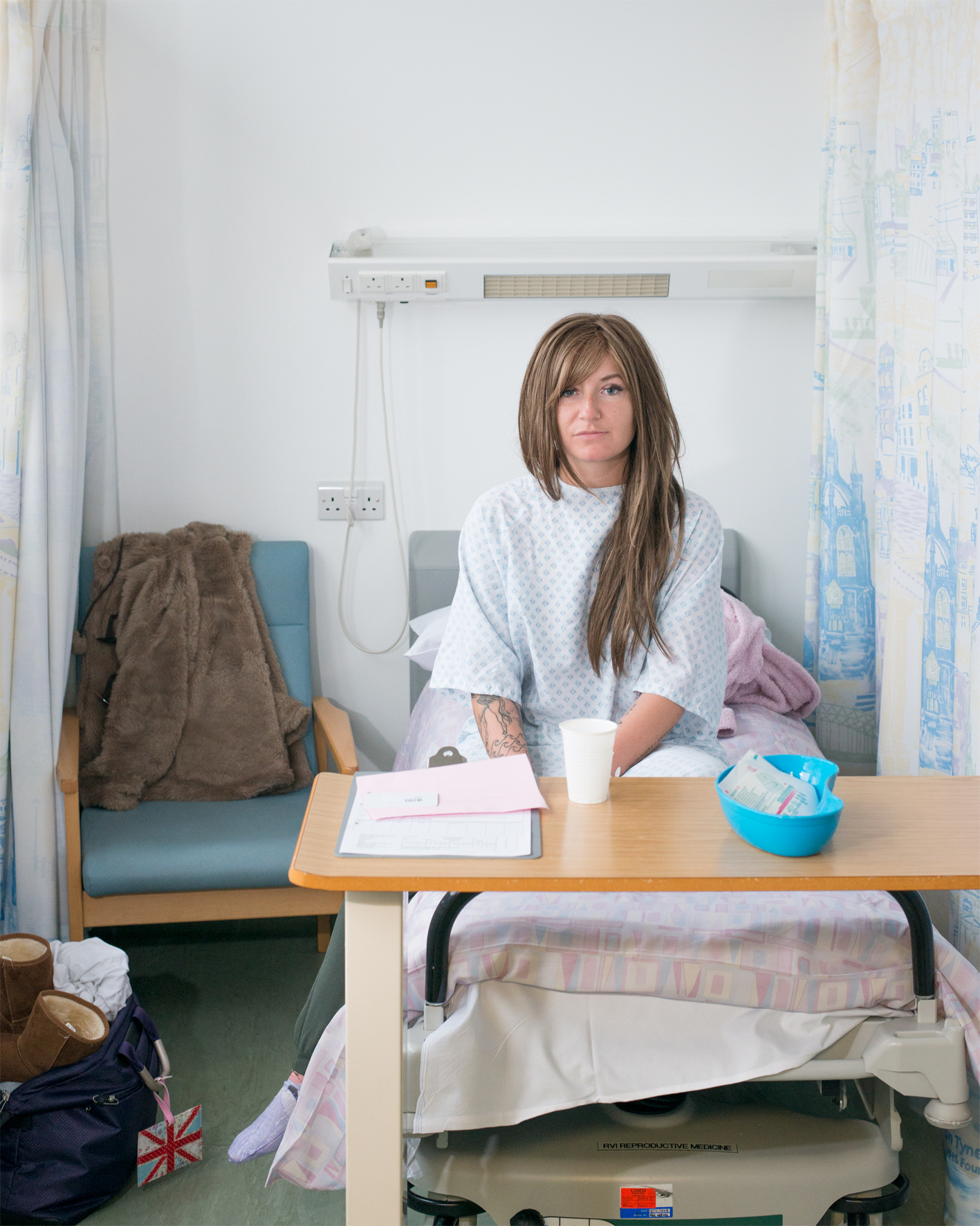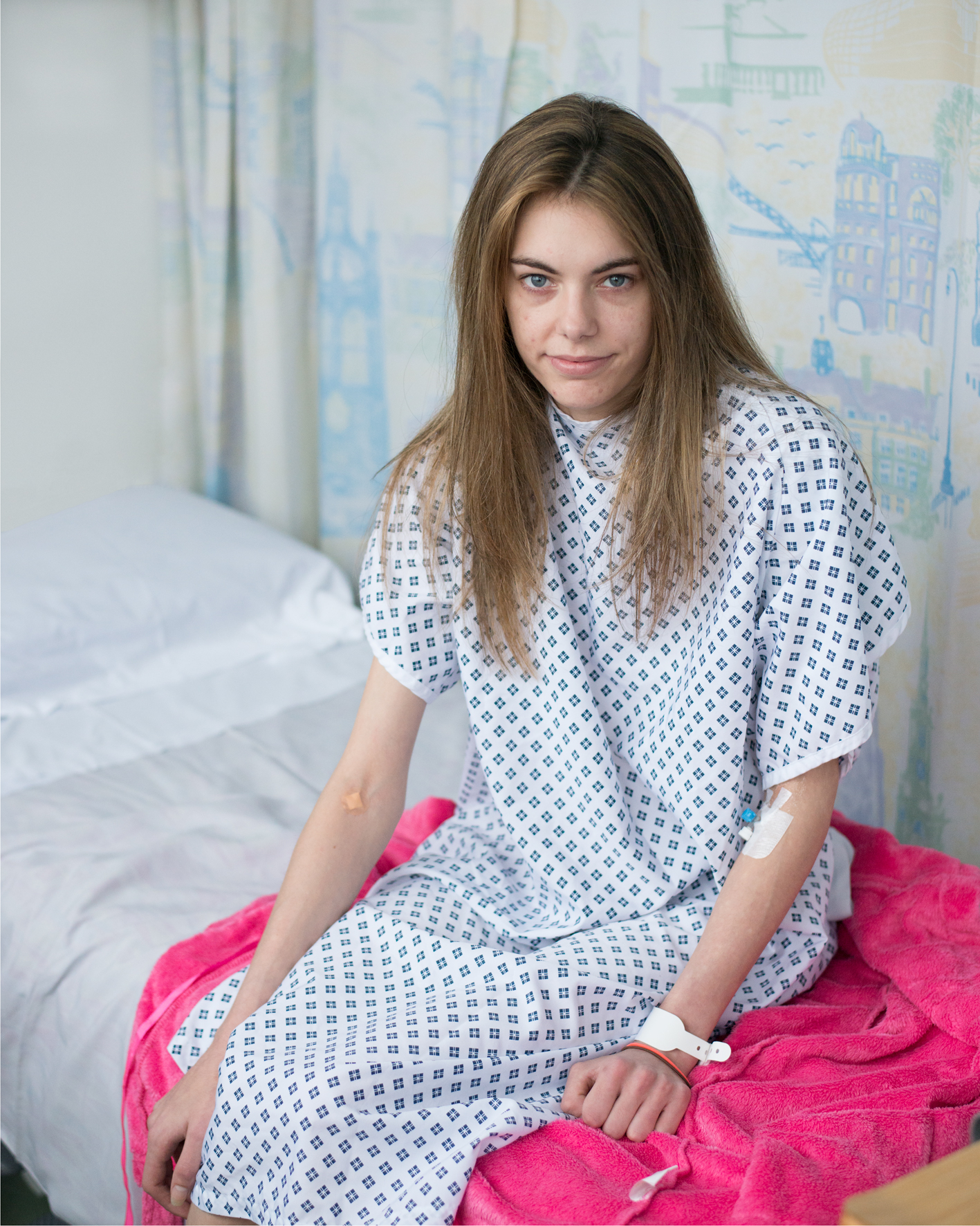





Egg Collection
In the UK, in 2013, 49,636 women had fertility treatment: In Vitro Fertilisation (IVF), Intracytoplasmic sperm injection (ICSI) or Donor Insemination (DI) - (HFEA, 2014).
Egg collection normally takes place five weeks into a cycle of IVF. In a natural menstrual cycle, a woman produces only one egg. In IVF the ovaries are stimulated to produce several eggs to increase the chances of pregnancy.
Prior to egg collection, the woman has had her natural cycle stopped, and then stimulated through a series of different drugs, injected every day for five weeks. Everyone reacts differently to the drugs and the change in hormones. Some find it grueling: experiencing mood swings, sleep deprivation and increasing skin sensitively to the injections. Most find it takes over their lives.
A woman must have enough follicles, larger than 16mm to have her eggs harvested (follicles are tiny fluid sacs that grow on the ovary and contain the eggs). Any less, and the chance of retrieving any eggs, and then fertilisation, are too low to balance with the risk of undergoing the procedure.
Egg collection takes place under sedation. Using an ultrasound probe, a needle passes through the wall of the vagina into the ovary. The needle then punctures a follicle and drains the follicular fluid. The fluid is collected in a tube and passed to an embryologist to view and identify any eggs under the microscope. Not all follicles contain eggs.
This project is facilitated by Newcastle Fertility Centre at the Centre for Life, Newcastle upon Tyne; funded by the Arts Council and supported by NEPN and Northern Centre of Photography.